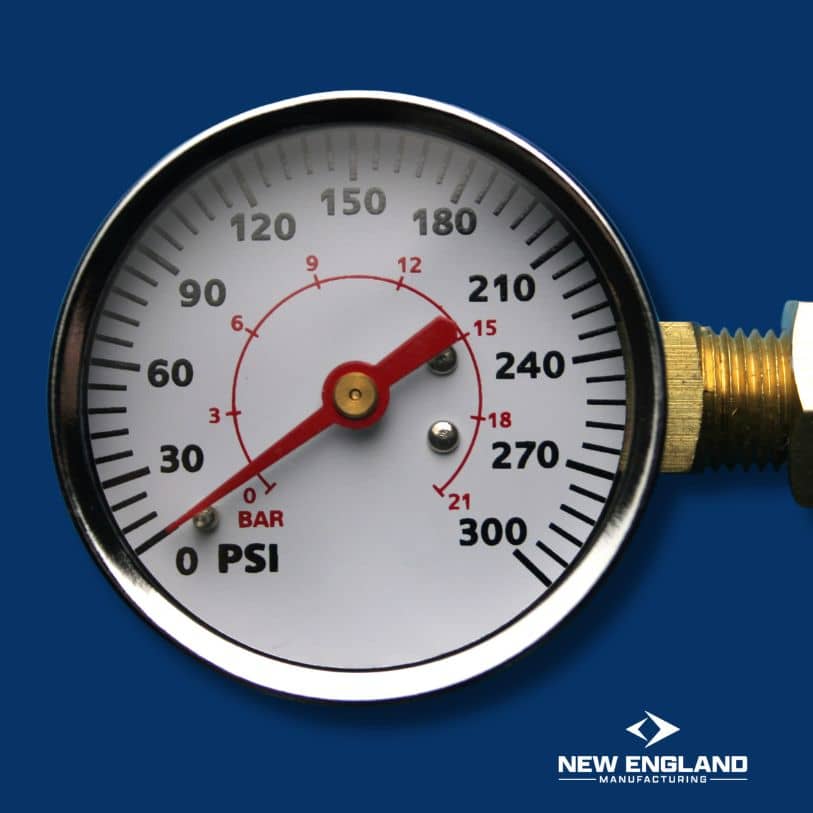The Essential Role of the Pitot Tube in Modern Aviation
In the intricate world of aviation, understanding the fundamental instruments that ensure the safety and efficiency of flight is crucial. Among these, the Pitot tube stands out as a pivotal component, albeit not always in the limelight. This seemingly simple device plays a vital role in measuring the velocity of aircraft relative to the surrounding air, a parameter essential for safe flight operations. In this post, we’ll delve into how the Pitot tube functions and explore its significance in the aviation sector, highlighting its design, operational nuances, and its critical role in both commercial and private aviation.
Understanding the Basics: What is a Pitot Tube?
A Pitot tube, pronounced “Pee-toh,” is a device utilized extensively in aviation to measure airspeed. It was invented by the French engineer Henri Pitot in the early 18th century and has since evolved into an indispensable tool in the cockpit. The device consists of a tube pointed directly into the airflow. As the aircraft moves forward, air is forced into the tube. The Pitot tube measures the pressure of this incoming air, which varies with the speed of the aircraft.
This measurement is crucial because knowing the airspeed helps pilots make informed decisions about their altitude, engine power, and angle of attack. It helps ensure that the aircraft operates within safe limits, especially during critical phases of flight like takeoff and landing.
How Does a Pitot Tube Work?
The Pitot tube operates on a simple yet effective principle. It compares the pressure of the air entering the tube (total pressure) with the ambient air pressure (static pressure). The difference between these two pressures, known as dynamic pressure, is directly related to the square of the aircraft’s speed relative to the air around it.
This dynamic pressure is measured using a differential pressure gauge, which is linked to the aircraft’s airspeed indicator. The indicator then converts this pressure into a speed reading, which is displayed to the pilot. This system, although based on fundamental physics, requires precision manufacturing and maintenance to ensure accuracy and reliability.
The Significance of the Pitot Tube in Aviation
The Pitot tube’s ability to provide accurate airspeed data is fundamental to aviation safety, as airspeed influences every aspect of an aircraft’s performance. For instance, there is a minimum speed necessary to keep an aircraft aloft, and this varies with the weight of the aircraft, the configuration of the wings, and the density of the air, which changes with altitude and weather conditions.
Moreover, the Pitot tube’s readings are crucial for avoiding stall and overspeed conditions, which can be catastrophic. A stall occurs when the speed drops too low, causing a loss of lift and potential loss of control. Overspeed, on the other hand, can lead to structural damage to the aircraft due to excessive aerodynamic forces.
Challenges and Maintenance
Despite its simplicity, the Pitot tube must be maintained meticulously to function correctly. One common issue is the blockage of the tube, which can occur due to ice, insects, or other debris. Such blockages can lead to erroneous airspeed readings, misleading pilots with potentially dangerous consequences.
Regular checks and maintenance routines are established to ensure that Pitot tubes are clear of blockages and functioning accurately. Pilots also perform pre-flight checks to confirm that the Pitot cover, a small cover placed over the tube when the aircraft is parked, has been removed.
The Future of Pitot Tubes in Aviation
With advancements in technology, the design and functionality of Pitot tubes continue to improve. Innovations in materials and electronics have led to more durable and reliable tubes. Furthermore, modern aircraft are increasingly equipped with redundant systems, including multiple Pitot tubes, to ensure that a backup is available should one system fail.
Despite these advancements, the basic principle behind the Pitot tube remains unchanged. As aviation technology progresses, the importance of understanding and maintaining this critical device only grows.
Conclusion
The Pitot tube, a seemingly simple yet profoundly critical component, exemplifies the complexity and precision required in aviation. By providing essential airspeed data, it supports the safe operation of aircraft under various conditions. As we have seen, its role extends beyond mere measurement to include influencing crucial flight decisions and ensuring adherence to safety protocols.
Ensuring that these instruments are well-maintained and functioning correctly is as crucial as the development of new aviation technologies. As pilots and engineers continue to push the boundaries of what’s possible in aviation, the humble Pitot tube remains a cornerstone of aeronautical innovation. Its ongoing relevance underscores a simple truth in aviation: that safety and knowledge go hand in hand, with each flight building on the legacy of tools and insights that have been tested and trusted over the years.
Read More:

Mark R.
With a strong foundation in industrial safety and fire protection systems, Mark R. specializes in creating clear, technical, and compliance-driven content. Writing for SafeTech Reports, he covers topics such as fire hydrant testing, PPE protocols, emergency procedures, and smart technology integration in safety systems. His work ensures that professionals stay informed on the latest regulations, best practices, and emerging trends in safety and infrastructure maintenance.
Get in touch
We usually respond within 24 hours
Need Reliable Water Flow Test Equipment?
For over 70 years, New England Manufacturing has been the trusted source for fire hydrant and water flow testing kits. From pitot gauge kits to custom test kits, we provide precision, durability, and expert calibration to meet your needs.
- Custom-built test kits
- High-quality pressure gauges
- Reliable calibration services


